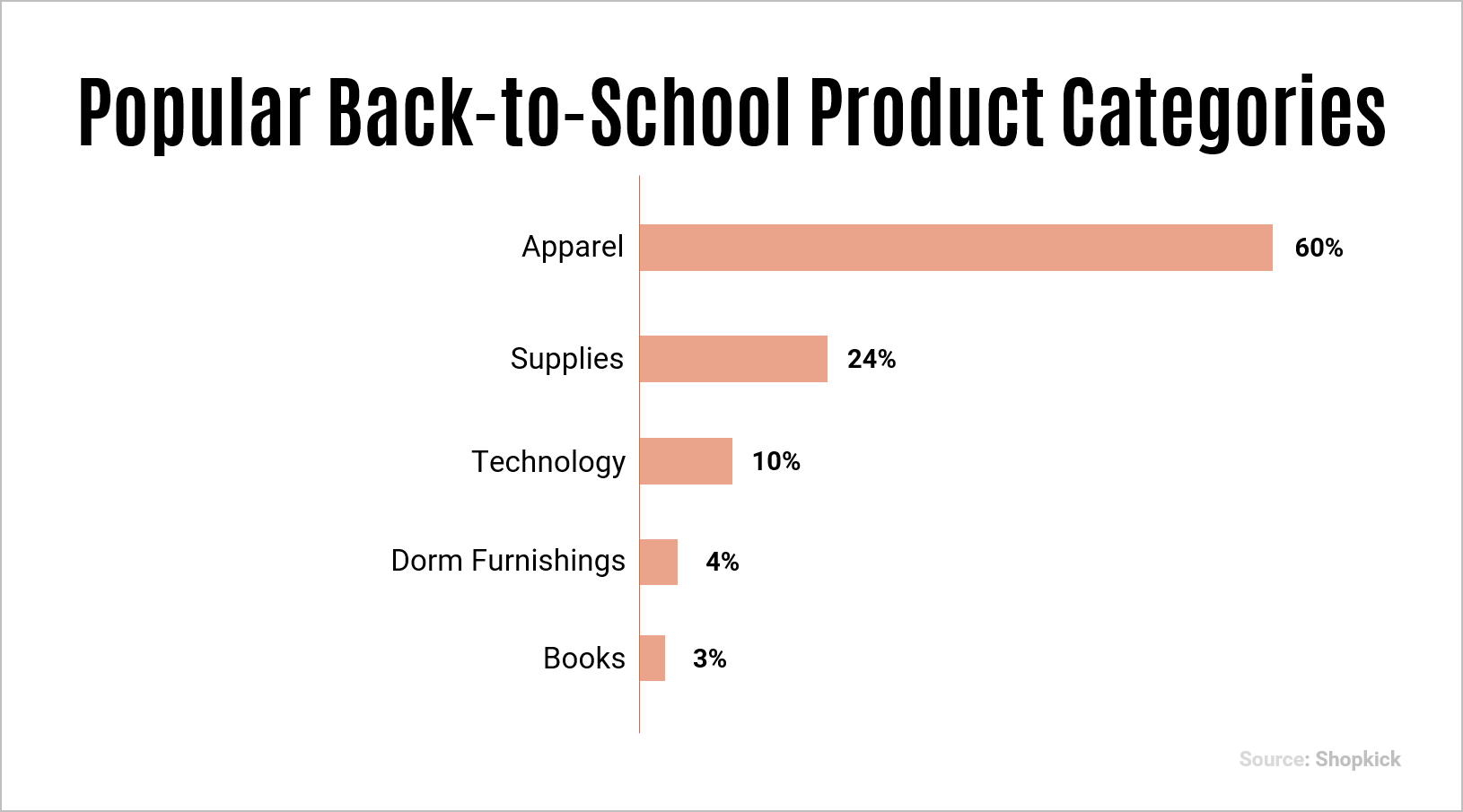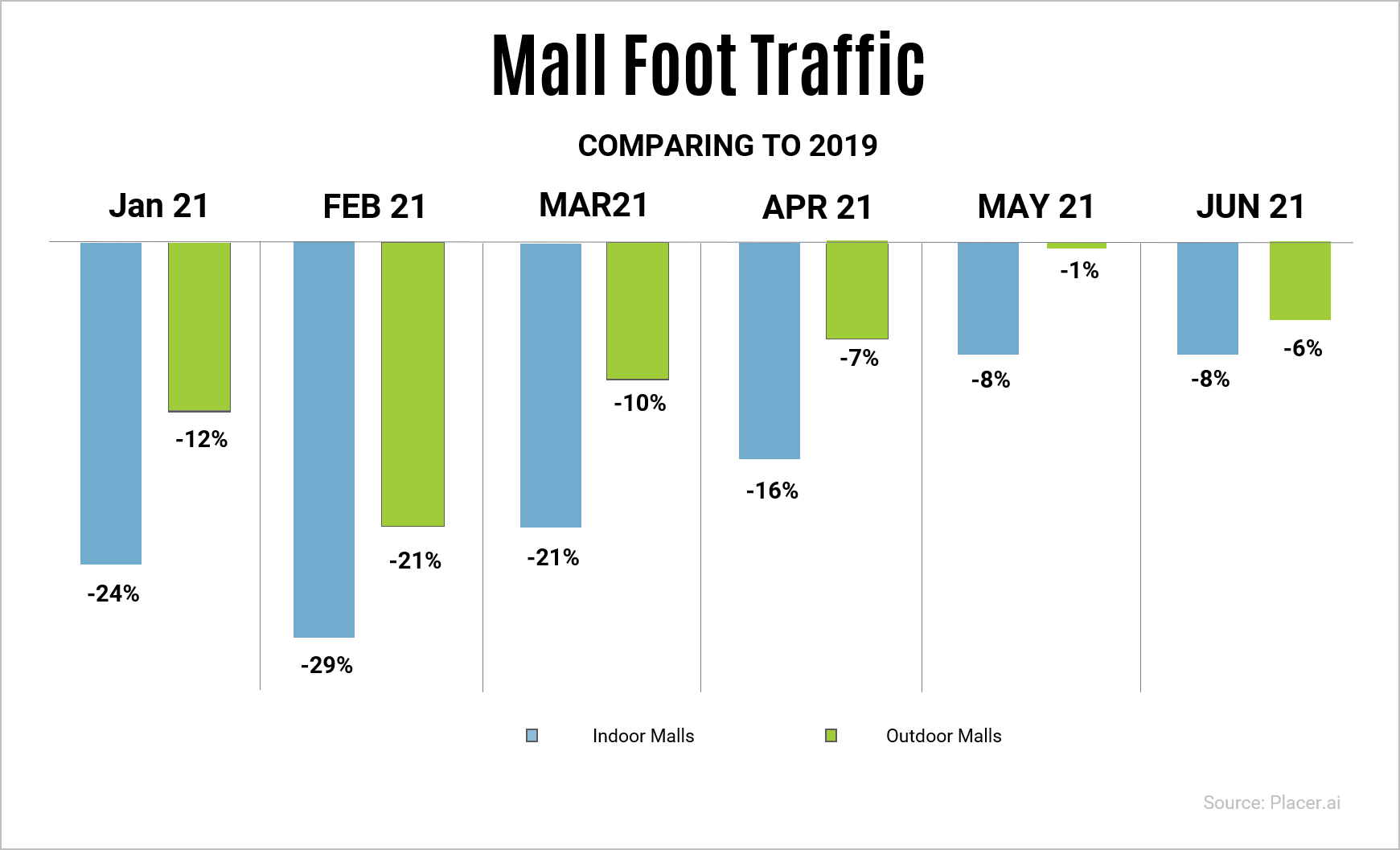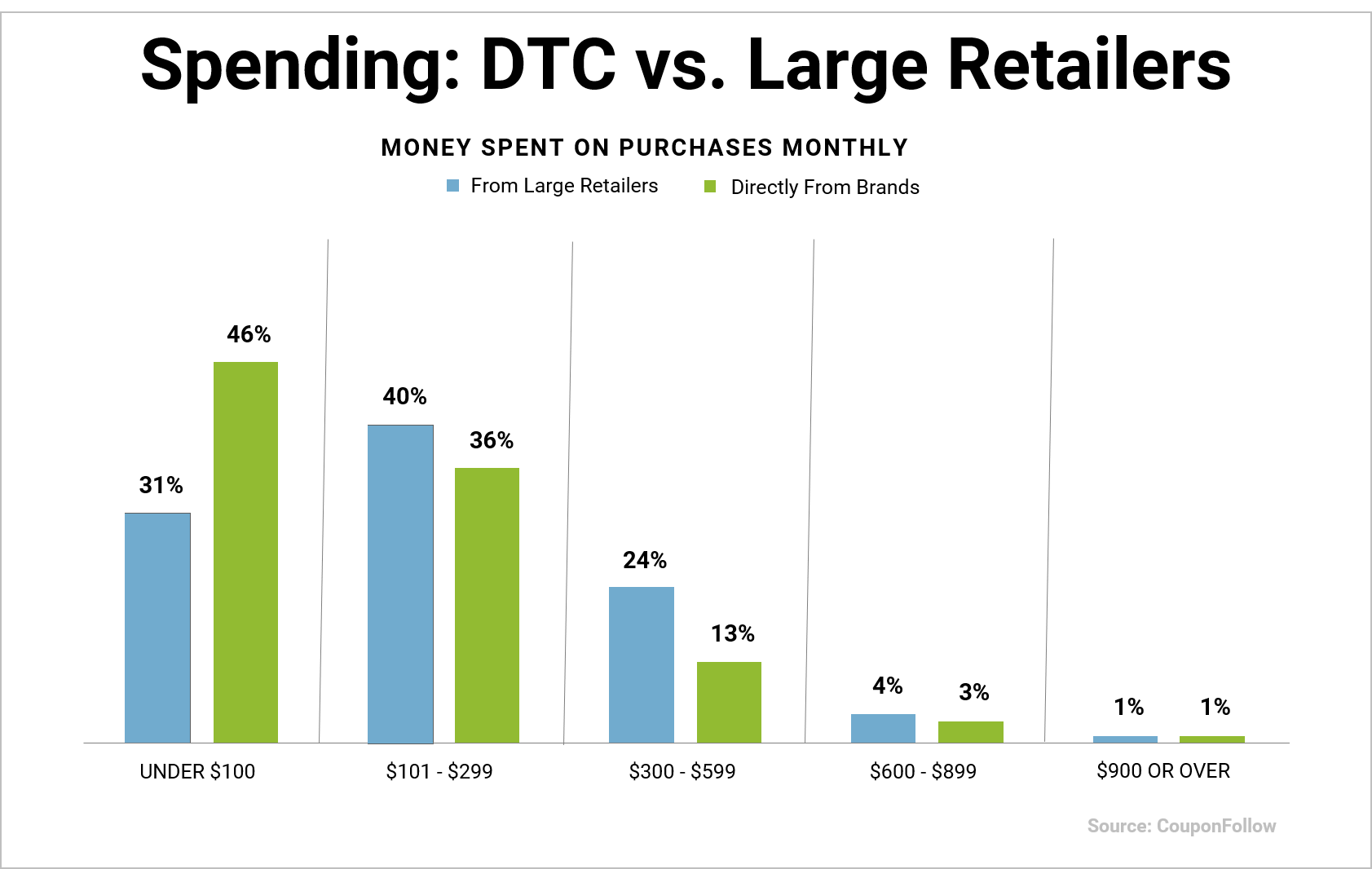Buzzworthy Insights – Back-to-School News
Back-to-school shopping returns in-store with bigger budgets.
Consumers are planning to shop at brick-and-mortar when it comes to buying school supplies this year, and with bigger budgets. 92% of this year’s back-to-school shoppers plan to do their shopping in physical retailers, compared to last year’s 66% that said they would shop in-store. Families are also ready to spend more on supplies. The largest segment of shoppers (42%) plan to spend between $101 and $300 on items.
Big-box stores will reap the most back-to-school sales with nearly all consumers planning to do their back-to-school shopping at these types of stores. Other popular retailers include dollar stores (40%), office supply stores (37%), and off-price retailers (35%).
For product categories, apparel will be the hottest with 60% of consumers planning to spend their budget on this category. Basic school supplies are next (24%), followed by technology (10%), dorm furnishings (4%), and books (3%).
Even though consumers are eager to get in-store for the back-to-school shopping season, retailers must not forget that some shopping habits will stick around from the pandemic. They must be able to prepare for an influx of in-store shoppers without ignoring the connected experiences that consumers have grown to love. (View source)
 Top Markets for Warehouse Space
Top Markets for Warehouse Space
Home delivery increases the need for more warehouse space across the United States.
The demand for warehouse space is up 22% in 2021, with tenants needing over 660 million square feet of space, as the pandemic accelerated the demand for home deliveries. These numbers exceed both 2020 and 2019 due to logistics and parcel delivery becoming the number one demand as retailers and food and beverage enter home delivery. Value retailers such as Walmart, Target, and Costco are specifically causing a lot of the pent-up demand for warehouse space.
Columbus, OH, Tampa, FL, and Savannah, GA are the three markets that are experiencing explosive industrial demand. Columbus has cost and logistical advantages that make it a great region to develop sites as it is located in the middle of the United States. Tampa has been a top population growth market for the last five years and has the numbers to staff new warehouses. And lastly, Savannah has a large increase in demand as it is tied to port activity. (View source)
Mall Foot Traffic Gaining Momentum
Traffic in enclosed shopping centers is not far off June 2019 levels.
June’s indoor mall foot traffic was only 8 percentage points off June 2019, which can be attributed to increasing vaccination rates, and summer holidays and weather. Traffic has been on a steady incline throughout 2021 – 21 percentage points more since February, and 13 points since March.
Foot traffic for outdoor malls in June was off only 6% from 2019. Outdoor centers fared better than usual with Memorial Day sales in May while some indoor malls remained closed.
This year’s rebound in foot traffic is critical for retail as it shows in-store shopping is returning to ‘normal’ levels, even without holiday sales. However, as back-to-school shopping returns, we are not expected to see a huge gain in foot traffic in 2021 versus 2019 as 2019 was a very successful year for retailers and may be hard to overtake. (View source)
 Virtual Air Rights
Virtual Air Rights
Major mall operator to enhance shopping with augmented reality.
Brookfield Properties announced a partnership with disruptive media network, The ARIA Network, that grants exclusive virtual air rights for virtual advertising in more than 100 malls in the United States.
Powered by ARIA 360° AR, virtual advertising such as digital store directories, wayfinding, and in-store promotional ads, will be accessible by any smartphone’s AR technology. Shoppers will be able to interact with content, immersive retail displays, contactless transactions, and innovative in-store experiences. This technology is expected to arrive in Brookfield Properties by the 2021 holiday season.
This new use of augmented reality will increase conversion rates, drive purchase intent, and provide robust data to show how shoppers engage and identify content that resonates with them. Brands and retailers will be able to leverage untapped advertising space in the digital world by providing virtual air rights. ARIA is also bringing its ‘phygital’ offerings to stadiums, airports, concert venues, musical festivals, and universities, creating even more opportunity for brands to introduce themselves to many different types of customers. (View source)
 DTC Commerce Popularity Rises
DTC Commerce Popularity Rises
Cost and convenience are the top reasons why customers like to shop directly with brands.
A majority of shoppers engage in direct-to-consumer (DTC) commerce rather than purchase from a large retailer. 80% of consumers reported making at least one or more purchase directly from a brand in the past year.
Shoppers that purchased directly from brands usually spent under $100 (46%) and between $100 and $300 (36%). On the other hand, purchases between $300 and $599 were more commonly made through large retailers (24% vs. 13%). 30- to 44-year-olds were most likely to seek out a company that uses the DTC model.
The most common reason why a shopper would buy directly from a brand is that it was the cheaper option (67%) due to the elimination of transportation and handling costs that are added onto items sold in large retailers. Other reasons are that DTC shopping had better shipping options (39%) and were more convenient (35%). (View source)
 Thanks for reading!
Thanks for reading!
If you’d like Buzzworthy Insights sent to your inbox weekly, please subscribe to our newsletter.
Sign up here: http://eepurl.com/hukcCn


